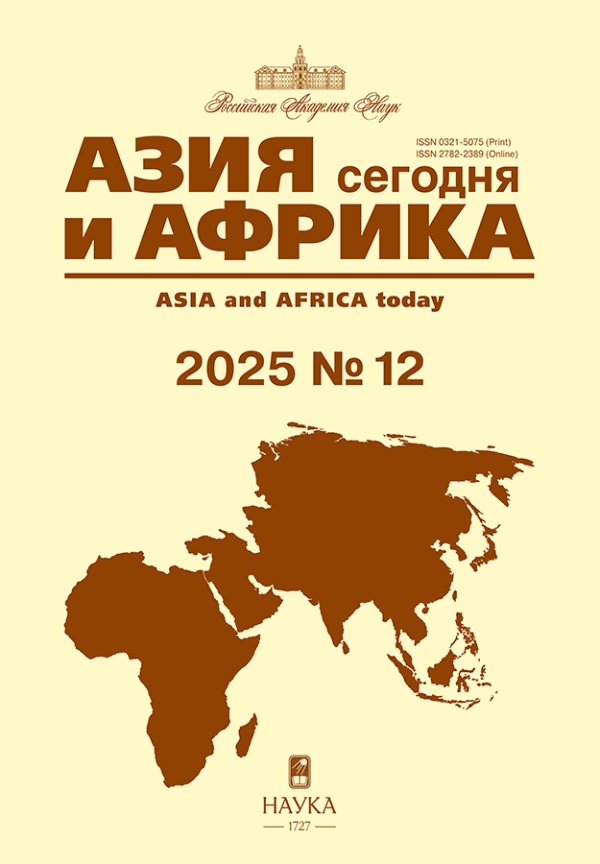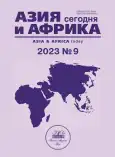Strategic Culture of India and Pakistan and Its Influence on Weapon Names
- Authors: Golubtsova E.V.1
-
Affiliations:
- Military University of the Ministry of Defense of the Russian Federation
- Issue: No 9 (2023)
- Pages: 19-26
- Section: Politics, economics
- URL: https://journals.rcsi.science/0321-5075/article/view/141089
- DOI: https://doi.org/10.31857/S032150750024403-5
- ID: 141089
Cite item
Full Text
Abstract
Keywords
About the authors
Ekaterina V. Golubtsova
Military University of the Ministry of Defense of the Russian FederationRussian Federation,
References
- Белокреницкий В.Я. Внешнеполитический процесс в Пакистане: Внутренние и внешние детерминанты // Вестник МГИМО-Университета. – 2010. – №1 (10). С. 177-188.
- Крюкова Е.В. Семантические особенности наименования оружия и техники России и стран НАТО // Мир науки, культуры, образования. – 2021. – №1 (86). С. 305-309.
- Лунев С.И. Внешняя политика Индии и воздействие на нее внутренних факторов // Вестник МГИМО-Университета. – 2010. – № 1 (10). С. 189-201.
- Неру Д. Открытие Индии. М.: Изд-во иностранной литературы, 1955. 625 с.
- Fair C.C. Fighting to the End. The Pakistan Army`s Way of War. New York: Oxford University Press, 2014. 368 p.
- India: An Emerging Superpower // Legal Service India. – URL: <a target=_blank href="https://www.legalserviceindia.com/legal/article-4489-india-an-emerging-superpower.html">>>>></a>
- Iwanek K. Sultans on Wings: The Symbolism of Weapon Names in India and Pakistan // The Diplmat. – 2020. – URL: https://thediplomat.com/2020/03/sultans-on-wings-the-symbolism-of-weapon-names-in-india-and-pakistan/
- Johnston A.I. Thinking about Strategic Culture //International Security. — 1995. – Vol.19, No. 4. Pp. 32 - 64.
- Joshi P. What is in name? The politics of naming Pakistani Missiles // Indian Defence Review. – 2015. – URL: <a target=_blank href="http://www.indiandefencereview.com/what-is-in-name-the-politics-of-naming-pakistani-missiles/">>>>></a>
- Rizvi H.-A. Pakistan`s Strategic Culture // JSTOR. – URL: <a target=_blank href="https://www.jstor.org/stable/pdf/resrep12079.14.pdf">>>>></a>
- Schmid P. India, Mirage and Reality. London, 1961. 256 p.
- Xinmin S. India’s Strategic Culture and Model of International Behavior // China Institute of International Studies. – 2014. – URL: <a target=_blank href="https://www.ciis.org.cn/english/COMMENTARIES/202007/t20200715_2797.html">>>>></a>
- دئے کر پسپا حملے کئی کے فوج بھارتی نے آرمی پاک [Электронный ресурс] // ہلال (Hilal). – 1971. – URL: <a target=_blank href="https://www.hilal.gov.pk/uploads/archive/pdf/1873-0-hilal-archive.pdf">>>>></a>
Supplementary files











